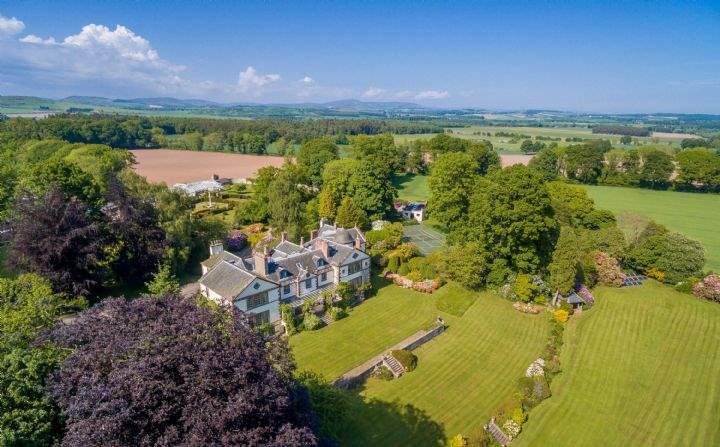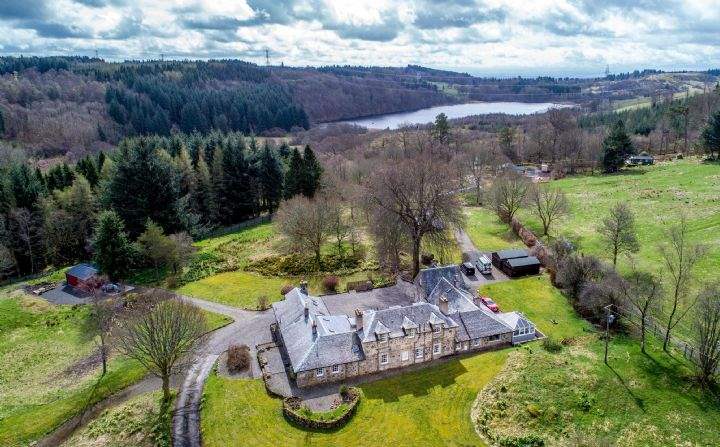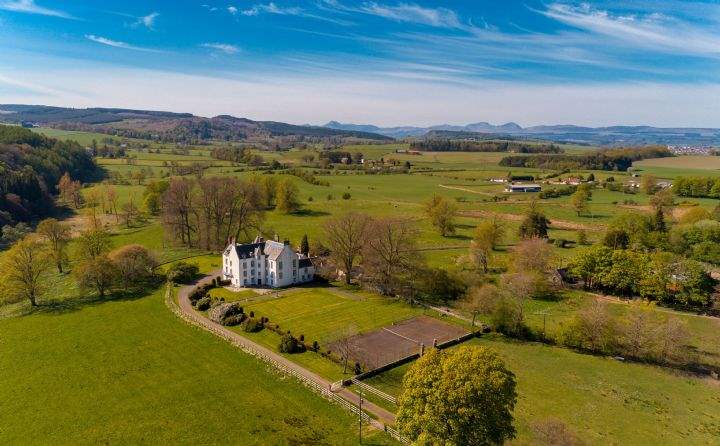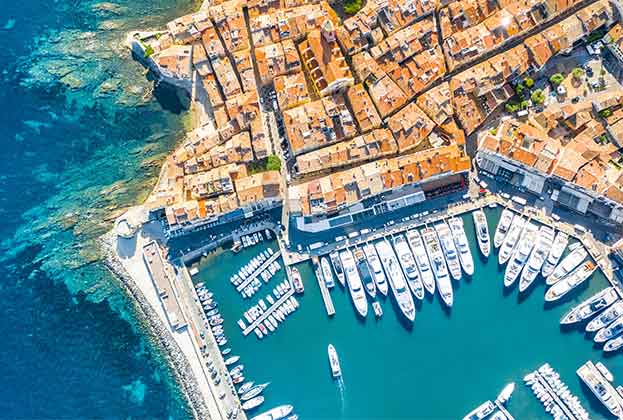One of the main attractions of a country house is the often breathtaking landscape that surrounds it. However, it can be challenging to properly capture such scale and beauty on camera, particularly in locations which are tricky to access, like the lochs and glens of Scotland: the cost of hiring a helicopter to take aerial images is usually prohibitively expensive.
That is where drone photography or videography comes in: used appropriately it can provide affordable, winning shots that catch the eye of website viewers, creating an emotional response that not only prompts buyers to arrange viewings, but generates more offers and ultimately drive sales. Certainly a 30-second film clip, where the viewer feels as though they are flying down a tree-lined drive, then rising up over the house to reveal a stunning water view can be mesmerising and beneficial to a successful sale.
Savills was recently instructed to sell Breachacha Castle, a fine ‘A' listed Georgian castle in an idyllic island location at the southern end of the Isle of Coll in the Hebrides. Despite its commanding position on the island, which is just 13 miles long and three miles wide and known for its white sandy beaches and turquoise sea, the property had failed to sell after two years on the market with another agent.
Fresh material was produced, including drone photography which caught the eye of national and international press. The exposure led to multiple bids and the successful offer was received within six weeks. Meanwhile, stunning imagery was used for a picture perfect cottage on the banks of Loch Lomond, which ultimately sold for 76 per cent above the guide price.
It is not only grand farms and estates which benefit from drone photography: elevated footage on small, single-acre properties can reveal qualities which otherwise just wouldn’t have been evident. Drone work can also be beneficial for surveyors and valuation teams as they can analyse the property in greater detail if they are able view it from all angles. Roofing and structure issues can be identified and resolved, smoothing the sale for both buyer and seller.
There are some important red flags to bear in mind when assessing whether or not to use drones. More typical properties in everyday locations, however beautiful, may not warrant the additional, albeit modest, expenditure. Drones might also reveal eyesores such as landfill sites or pylons, which are invisible from the ground and have absolutely no impact on the enjoyment of the property, and be an unnecessary negative addition to marketing material.
More importantly, due to the increased popularity of drone usage, some authorities have put regulations in place forbidding their use in a range of locations, including near military bases, and within national parks and some areas of farmland. It is the responsibility of the drone operator to demonstrate that they have the necessary consents to fly over the relevant stretch of land.
In addition, by law any commercial drone operator must obtain permission from the Civil Aviation Authority and hold a valid commercial drone insurance: hiring an illegal drone operator without insurance or CAA permission could result in prosecution and a hefty fine.
Having established the necessary consents are in place, the decision whether to use a drone comes down to a cost versus benefit analysis. If the true value of your property can only be demonstrated by showcasing its location, commissioning drone photography may well be the answer.
.jpg)

.jpg)
(2).jpg)
(1).jpg)


.jpg)
.png)



.jpg)


.jpg)
